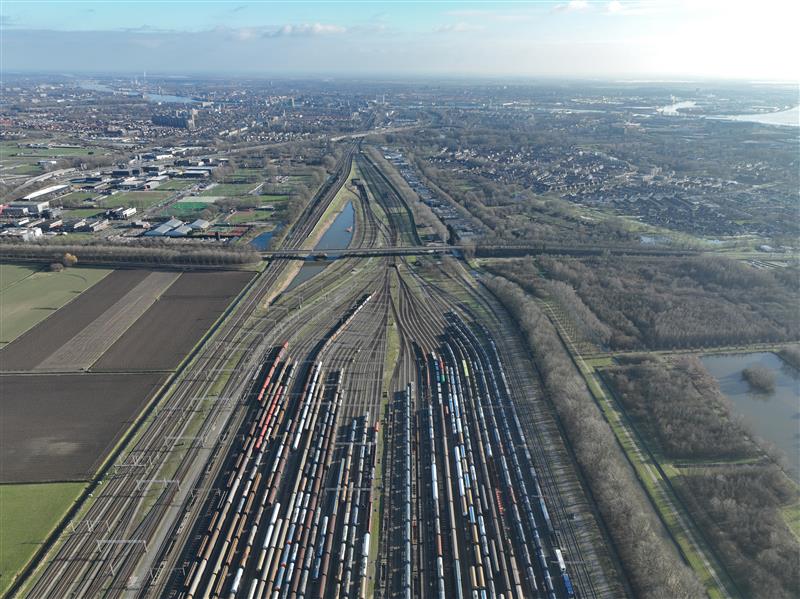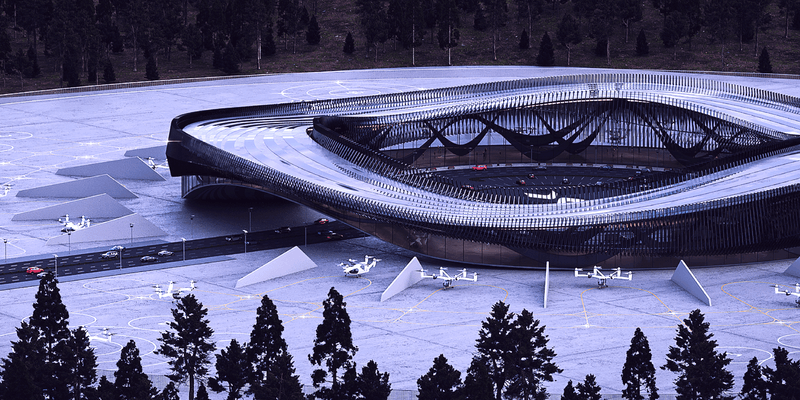The Next Frontier – Autonomy and Edge Sensing

Attending AUVSI XPONENTIAL 2023 (May 8-11 at the Colorado Convention Center, Denver, CO)? In addition to our booth #3110 we’re also hosting a dynamic panel discussion The Next Frontier – Autonomy and Edge Sensing (Tuesday, May 9, 2023 – 2:00 pm MT, session # XPO23-4788).
IoT and cloud processing are being replaced by AI and sensor fusion pipeline. It’s no longer enough to think in terms of a predefined list of tasks to be accomplished in an automated fashion. Autonomy becomes part of mainstream daily operations and tasks regardless of environmental conditions.
Hosted by MatrixSpace CRO Lori DeMatteis, it’s an impressive lineup of experts from industry and the armed services, for a diverse perspective on the how’s and why’s of the next generation of technologies, their adoption and use cases. It’s going to be good.
- Julio Bolzani, Head of Autonomous Systems, Embraer
- Chris Bourbeau, VP Business Development, Cambridge Consultants
- Nick Dryer, Senior Manager, UAS Program, BNSF Railway
- John Lobdell, CTO, Censys Technologies
- Brian Modoff, Founder, MC3 Venture and advisory partner at Summit Partners
- Lieutenant Colonel Chris Orlowski PhD
- US Army – Autonomous Ground Vehicle Systems Directorate
- Product Manager, Robotic Combat Vehicle (RCV), PM Future Battle Platforms (FBP)
Keep Reading

Railyards and rail lines face significant challenges daily—from theft, vandalism, and costly derailments. Technology enables securing their perimeters more effectively while also improve asset inspection practices.

We recently announced a joint venture with Skyway to advance the integration of intelligent air traffic management and uncrewed aircraft detection systems. Skyway develops vertiports and provides advanced solutions for vertiport traffic management and unmanned airspace planning. MatrixSpace provides outdoor sensor solutions leveraging radar technology for use in defense and commercial applications, which addresses this need. The companies’ partnership is intended to support several aspects of enabling practical advanced air mobility (AAM) initiatives in the United States.

The recent New Jersey drone panic has made it clear: people want to know what’s flying in low altitude airspace. Why can’t we provide the level of clarity demanded? What’s needed to make it happen?